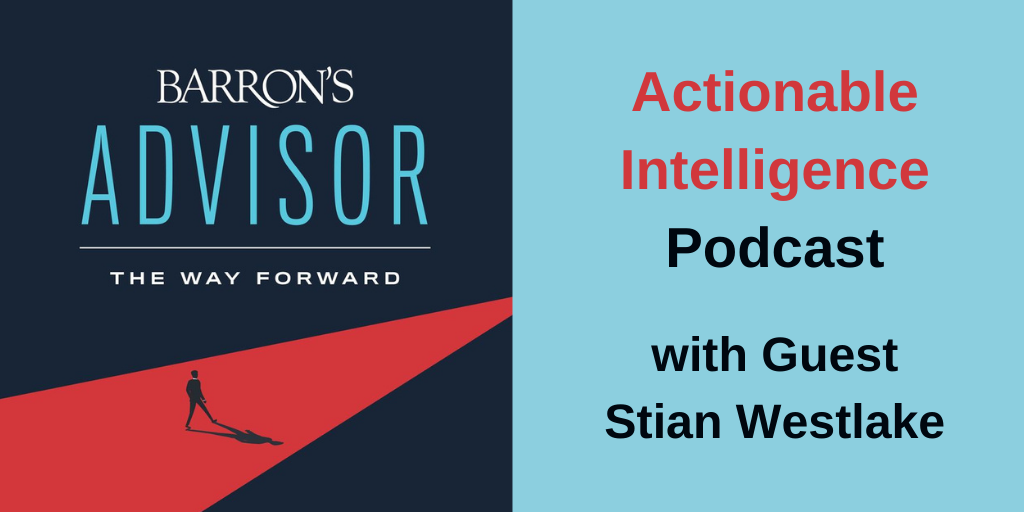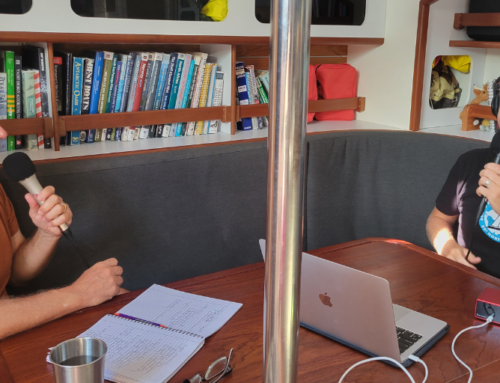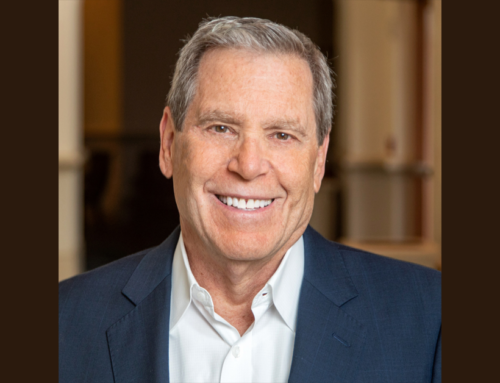In a Nutshell: In 2012, Facebook bought Instagram for $1 billion. At the time Instagram had just 13 employees. But it also had intangible assets that were scalable — a billion-dollar commodity in today’s digital economy. Understanding the characteristics of intangible assets versus physical assets is key for both leaders and investors as we continue to adjust to a decentralized business landscape.
Guest: Stian Westlake, the coauthor of Capitalism Without Capital and the CEO of the Royal Statistical Society in London.
My Key Takeaways:
- Embrace what you can’t touch. Appealing branding and propriety software are becoming more valuable than things like office space or machinery.
- Balance the tangible and the intangible in your portfolio. New companies that are strong on intangibles might have enticing upside, but they also might struggle to scale in markets dominated by giants like Google and Facebook. Traditional tangible businesses might not be as exciting, but they have physical assets that Wall Street is better at evaluating.
- Embrace new ways to collaborate. A decentralized workforce that grows intangible assets can help companies and communities overcome tangible problems.
Also Learn:
- Stian’s Four S’s that distinguish intangible assets from tangible assets.
- How the rise of intangible assets has affected the overall rate of growth in our economy.
- Why intangible assets could disrupt the traditional equity-based investment model.
Complementary blog post: Amazon uniquely straddles the tangible and intangible. I talked to Former Vice President of Digital Media Bill Carr about the secrets to the company’s massive growth. Listen/read here.






